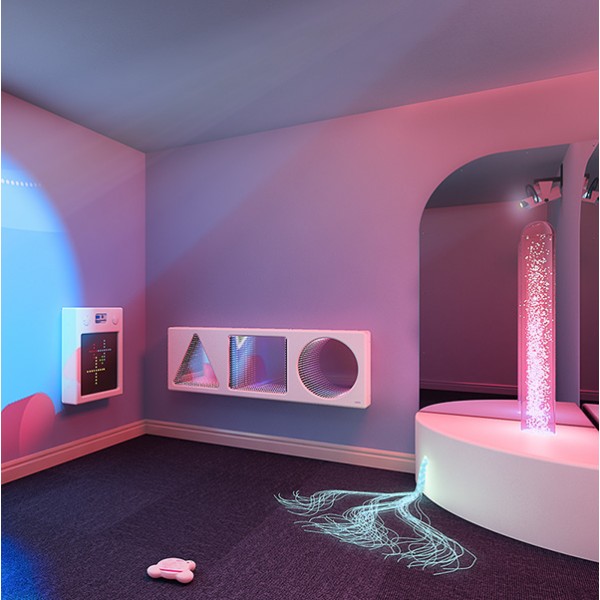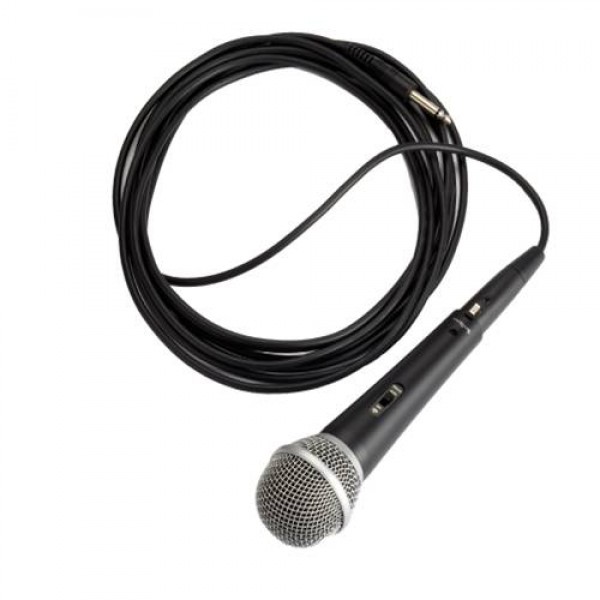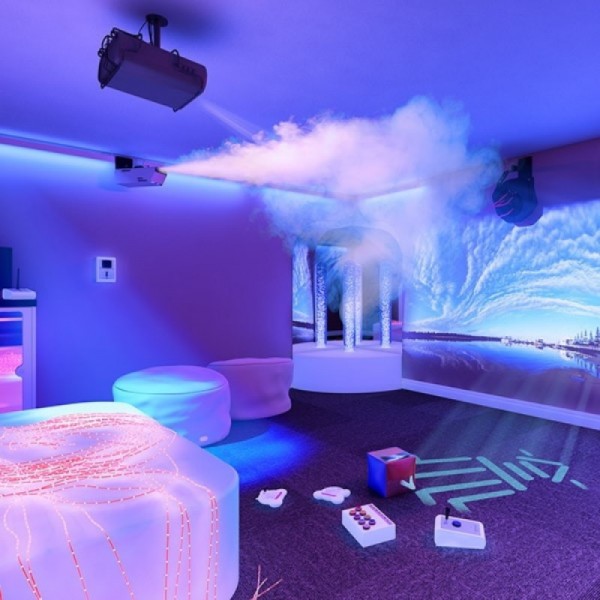Communication Skills
Communication challenges are one of the defining characteristics of Autism and Autism Spectrum Disorder, and refer to the ability to comprehend, detect, or apply language and speech to engage in discourse effectively with others. This also includes non-verbal communication, whereby the person may also have difficulty communicating through hand gestures, eye contact and facial expressions. It can seem like the autistic person lives in a world of their own, blind to the nuances and often complicated world of human interaction, that the rest of us pick up on easily. Delays and disorders in communication can range from simple sound substitution to the inability to understand or use one's native language. However, Autism Spectrum Disorder (ASD) is just that; a spectrum. The level of difficulty in grasping communication skills varies from person to person, and also at what age language skills begin to develop. Don't panic if your child is still struggling at age 5, children with Autism have often been known to develop meaningful language at age 6, 7 and even 8*.
There are things you can do to help encourage and develop communication skills, which don't have to be limited to speech: communication can take on the form of art, music, non-language-related sounds, facial expressions and movement. Sensory equipment can provide some incredibly effective tools for encouraging communication on every level, offering the 'gift of speech' both through training the user to communicate verbally using stimulating sensory rewards for vocalising, or by providing an alternative means for them to interact with others. The sensory equipment listed below is great for encouraging communication skills, some more overtly than others. Alternatively, if you'd like to speak to one of our sensory advisors about setting up the perfect sensory environment for your users, to encourage communication skills as well as many other life changing abilities, contact our team today.
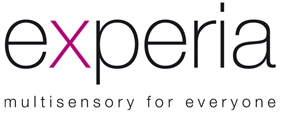

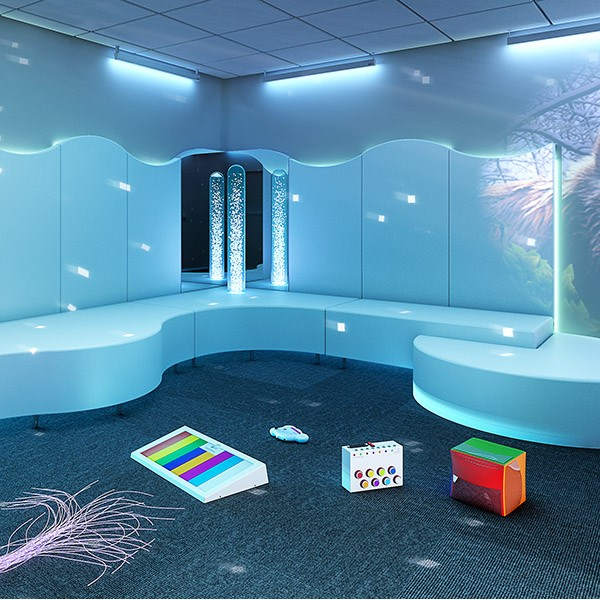
-600x600.jpg)
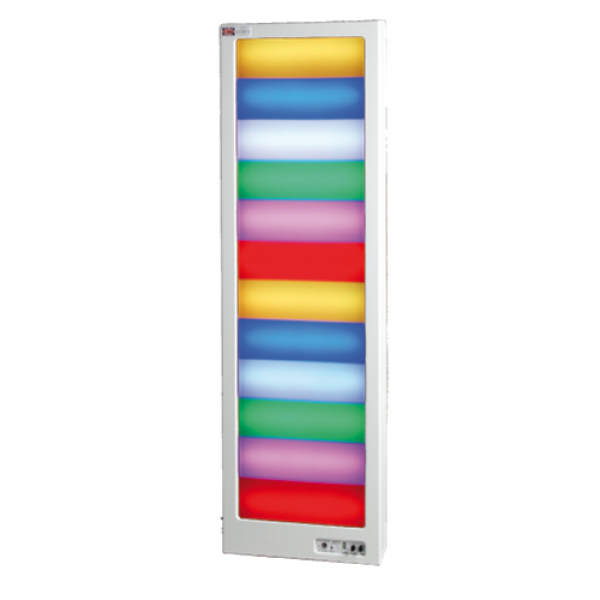
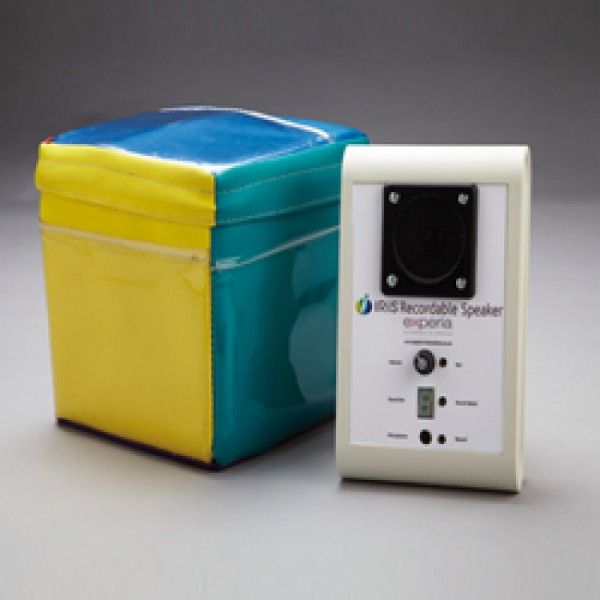
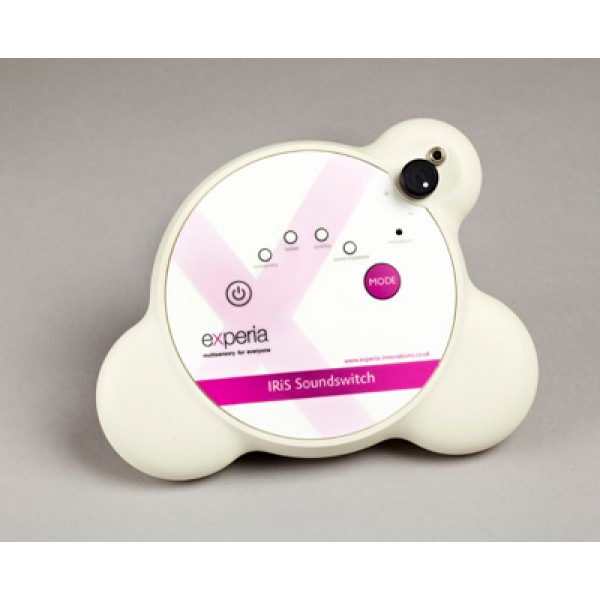
-600x600.png)
